Now that the summer is about to fade slowly away, a golden autumn is arriving. It is not only painting the leaves of our trees in bright red and orange and illuminate the surroundings in golden light, it will also bring fresh temperatures and thus a change in our spare time activities. For many of us, sailing season is over with boats due to being winterized or already on the dry. What to do? Well, check your coastal cities for museums!
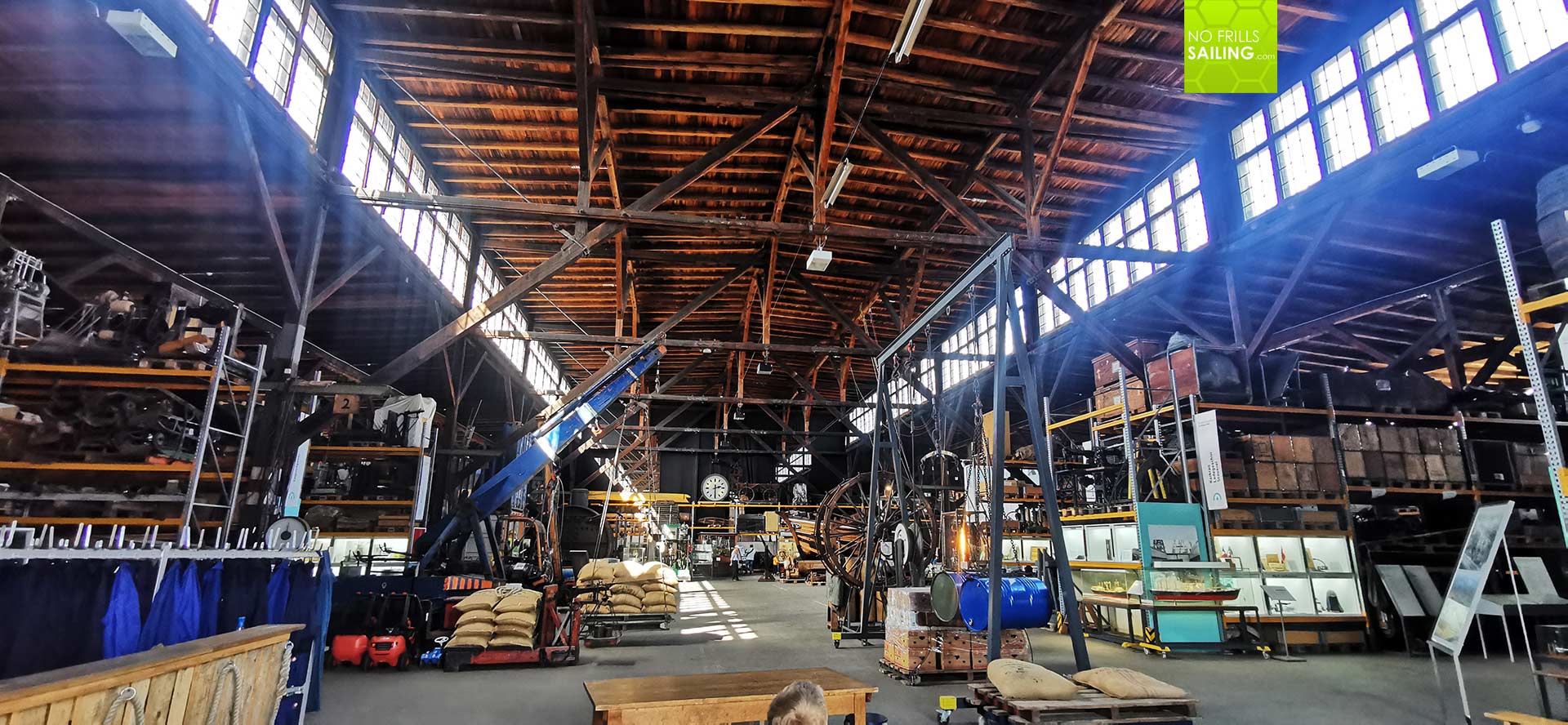
This is what I thought I might do during one of the previous weekends. Living in an already great town, Luebeck, the once mighty capital of the German Hanse, it´s just a 45 minute drive to another mighty city: Hamburg. Hamburg port was and still is one of Europe´s biggest and certainly Germany´s most important port. Busy, bristling – a living, breathing organism, taking in ships and goods, spitting the back out, lighter, re-loaded or refurbished. In this, Hamburg´s port with around 10.000 people working hard looks back to a rich history.
History and over 10.000 artefacts
And so I found out that there was a port museum. A makeshift collection, a start-up. A ready-made, as you may call it: A museum in the making. It is an adventurous, exciting place and one I have nearly visited one year ago too. It is in fact a huge warehouse, previously unused, seized by the city and turned into a museum, backed by enthusiasts.
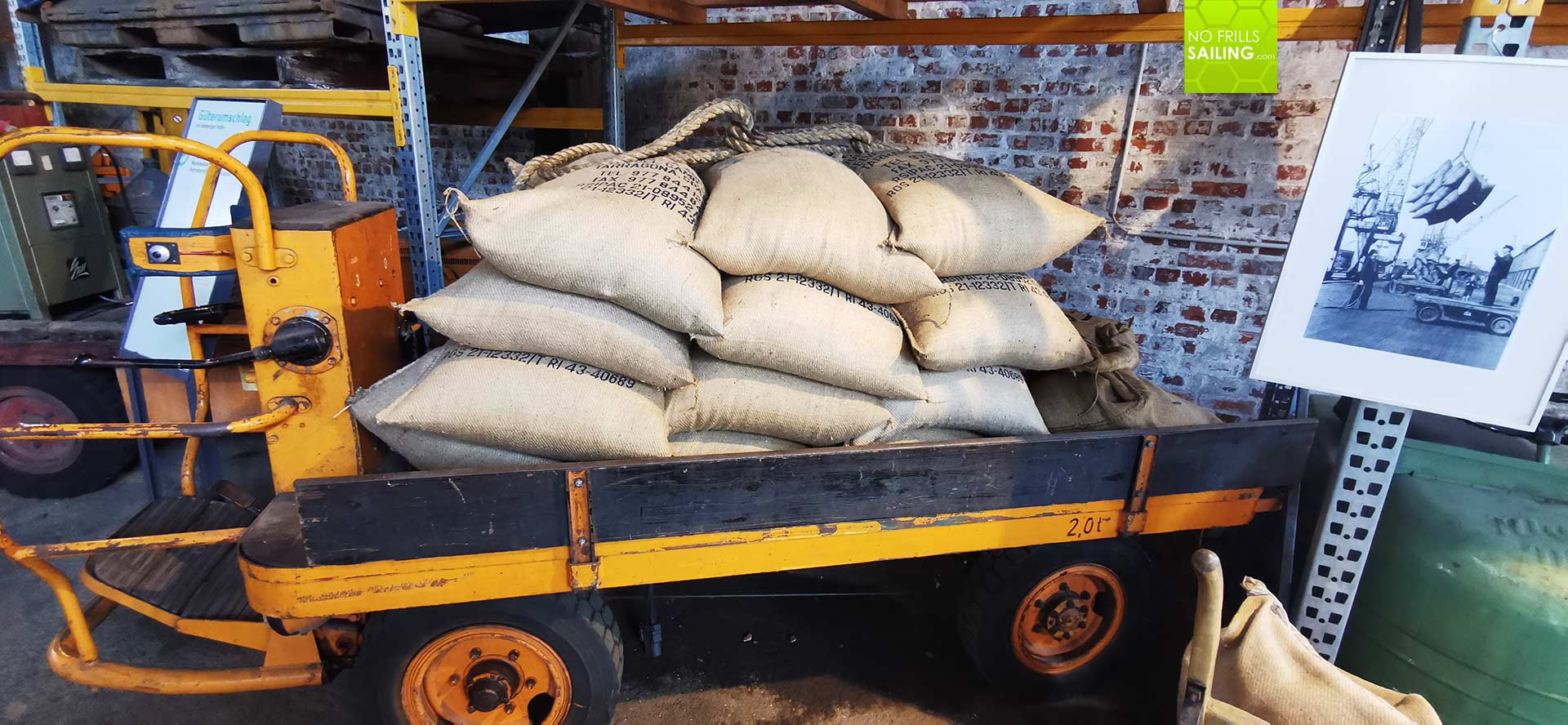
The museum collects a small entry fee, which is merely a donation than a proper admission fee. You enter the warehouse and find yourself inside a wonderfully de-organized, jam-packed, colorful world of some 10.000 artefacts. There is no order, no direction of starting your round tour. It is a blinking, colorful, exciting mingle-mangle of everything you can imagine once needed to run a port.
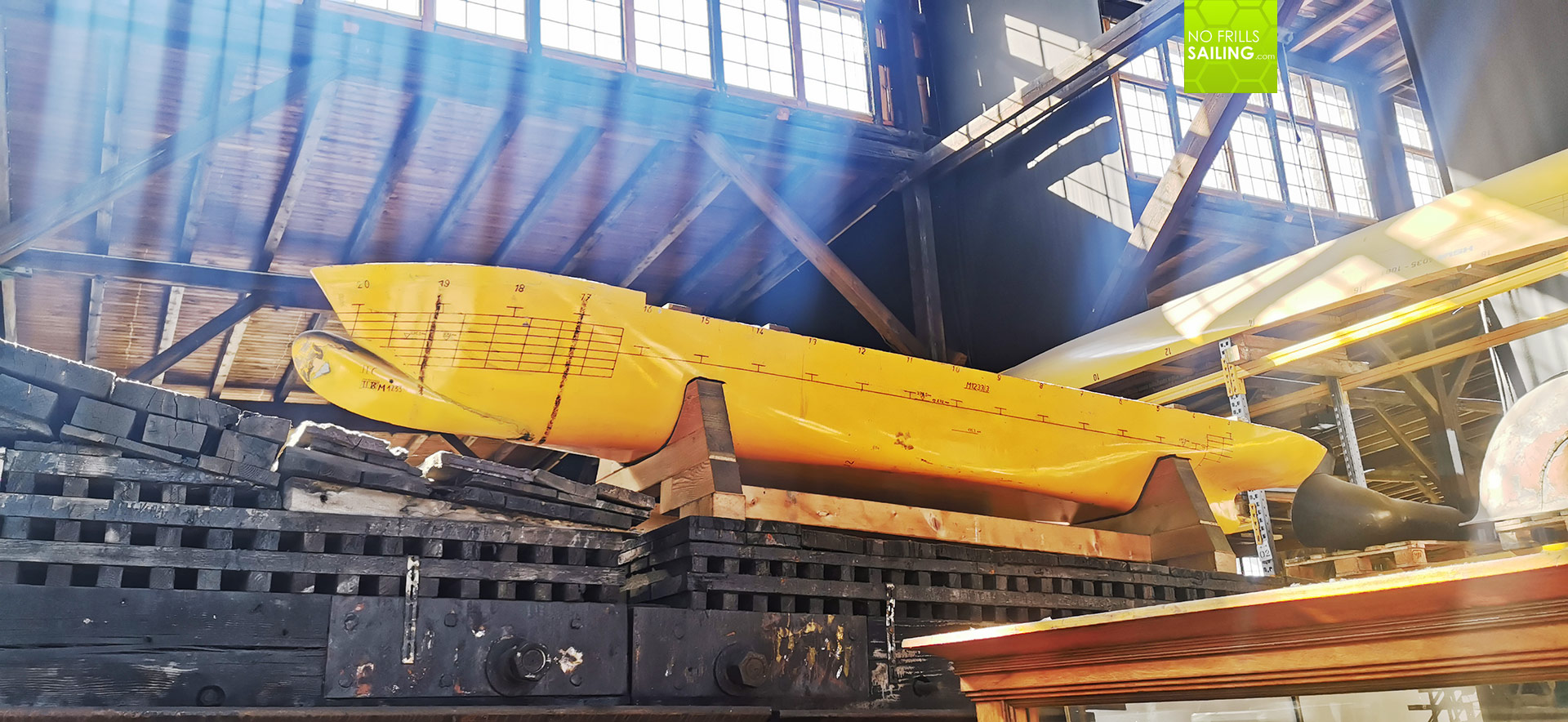
I was there with my kids, who instantaneously understood how it worked: You just go around, pick a thing of interest and discover it. You can touch everything, feel the material, try it out, smell the odors of decades and even centuries. There are artefacts of the pre-container times when gods have been arriving in thick sacks, there are small and big machines, loading gear, navigation aides. Just everything you can imagine.
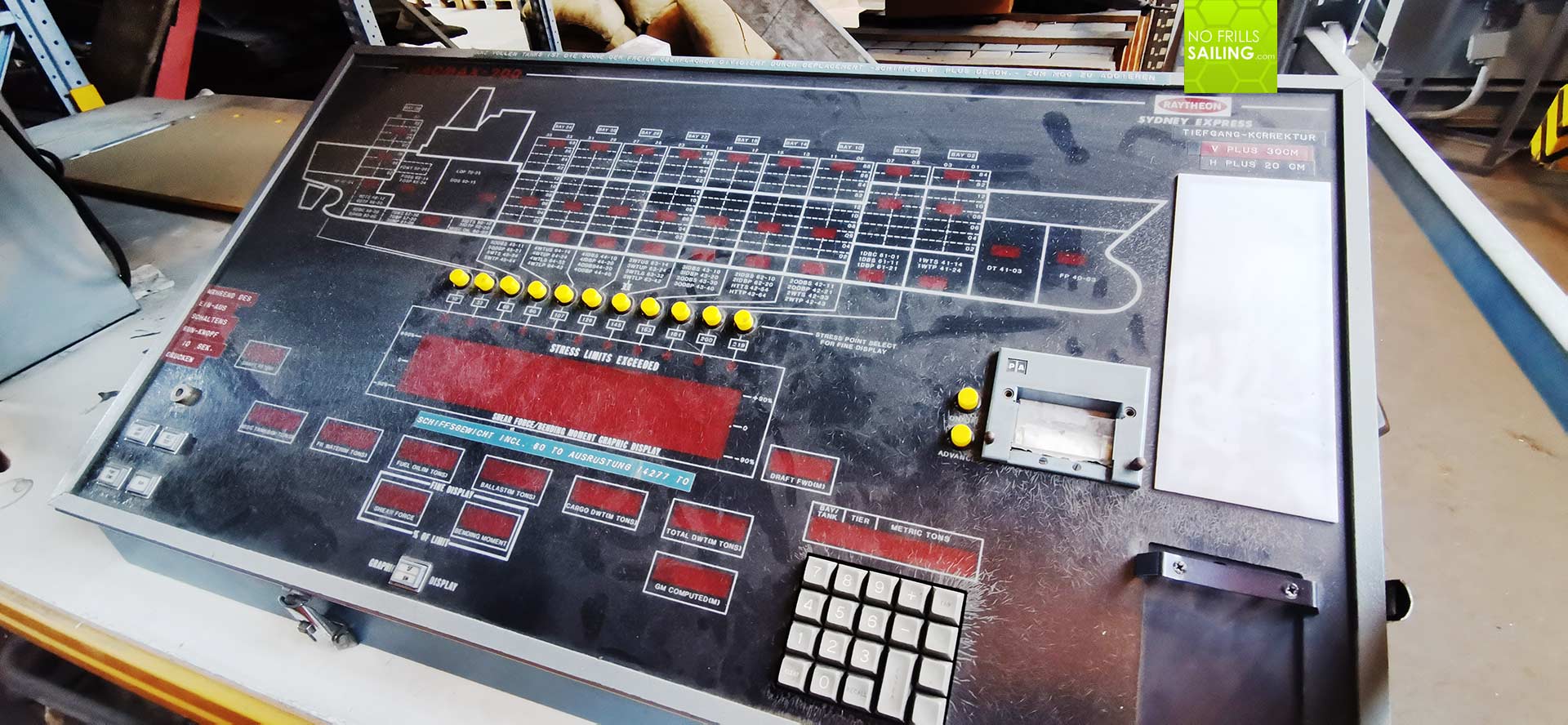
Every item has a small plate telling what it was, where it belonged to and when it was used for what. We learn how coffee and bananas have been imported, how ships have been built, how the admission, indexing and storing of goods has been organized without the help of any computers or machines. You just go and pick a thing, flip it, try it: A colorful wonderland for kids, a rich and amazing rollercoaster through maritime history. But it is even more than an overwhelming toyshop for maritime aficionados.
Meeting the Old Salts
After paying admission, just as you enter the warehouse, you will walk by a gruffly timbered big wooden table. A bunch of old men, all well above their sixties, some in their seventies or even older, are seated. Some wearing traditional blue-white striped shirts, some in a formal, a bit worn down suit. Some will have a smoke on their cold pipes, some have really long grey or white beards. Old salts. Real seafarers.
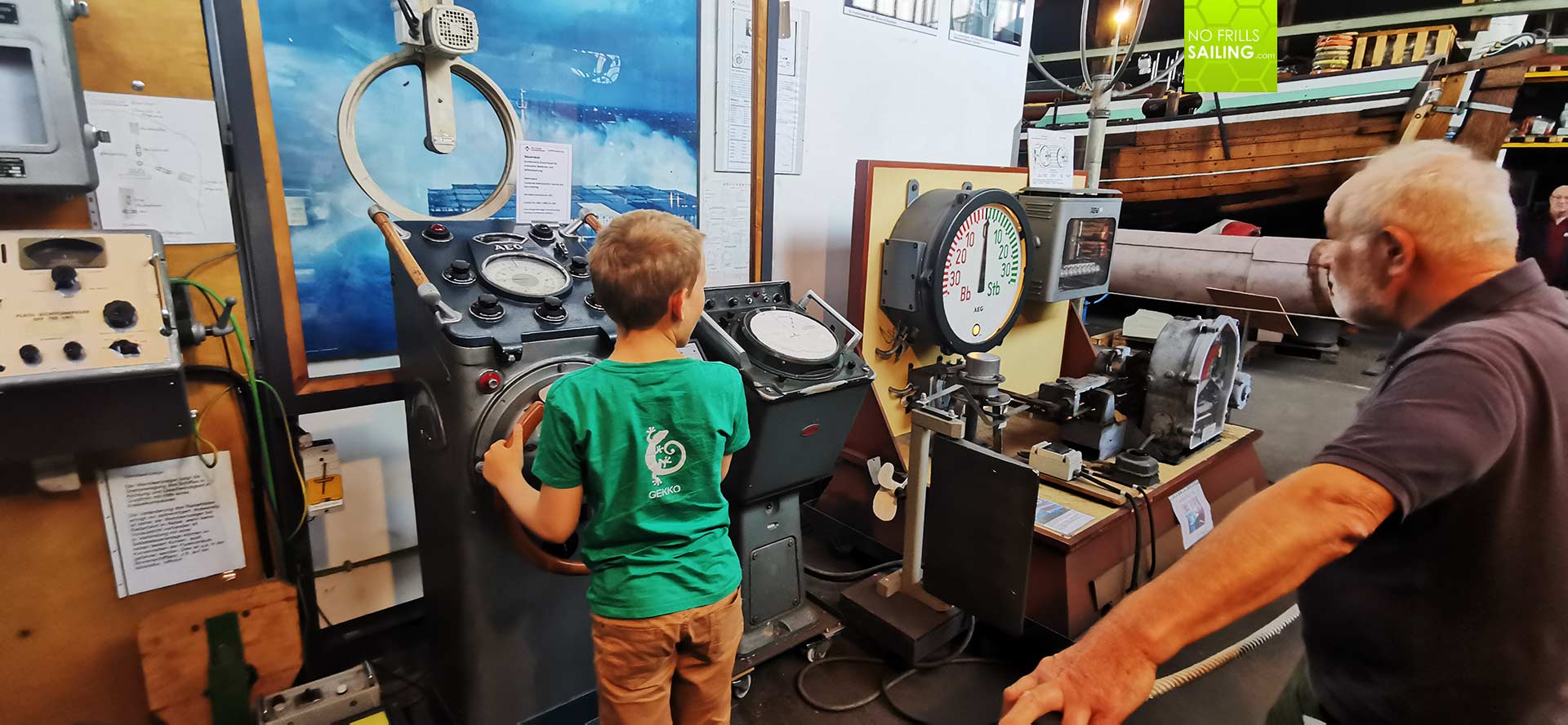
When I entered, one of them approached my kids and me and asked if he could show us some things. We welcomed the offer and agreed. The man turned out to be a long-retired Captain, once travelling the oceans. A Hamburgian, now working as a voluntary guide for the Hamburg Port Museum. He took my sons and asked what they´d know of seamanship. As kids of a sailor, they know quite some things and as the man acknowledged, he chose some nice occasions: One time he switched on a real original sized rudder machine of a cargo freighter of the Sixties and had my kids lay in a course. Very loud, very exciting!
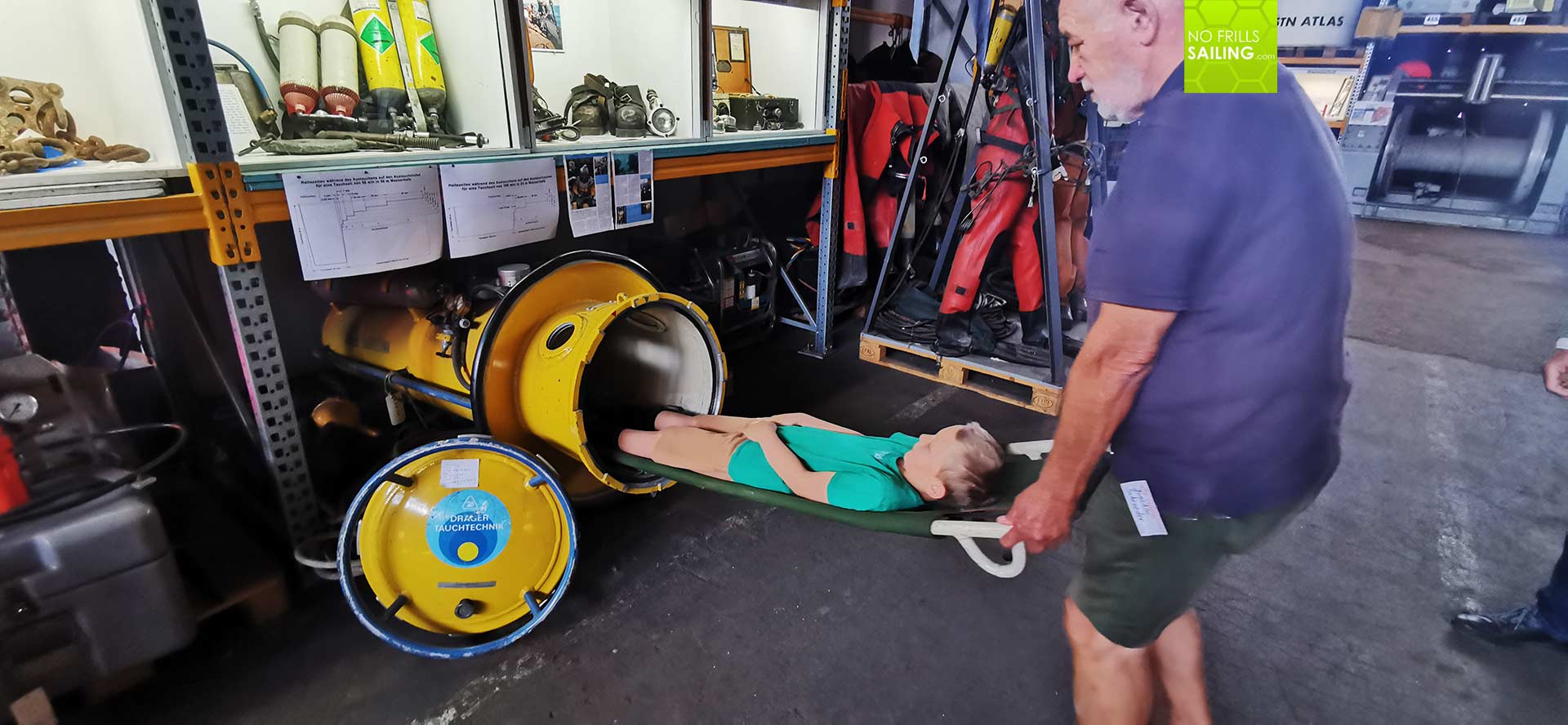
Twenty meters away he put my kids into a pressure chamber that was used by the harbor divers for de-pressurization. He even opened some previously locked rooms and showed the kids the basics of navigation. It was definitely not a pre-destined tour but a spontaneous collection of artefacts he deemed interesting after interacting with my kids. Which the found absolutely fantastic – and I was so touched by the energy and love these Old Salts invested in communicating the history of the Hamburg port – their history – to my kids.
A great concept and a pretty unusual museum
In this, the Hamburg Port Museum is pretty unusual. It´s a „touch it – try it”-museum that will take you as you are, leave it up to you what you do, where you take more time to invest and learn and which things you might want to skip. I guess this concept is due to the makeshift character of the huge warehouse and the overwhelming density of the exhibit.
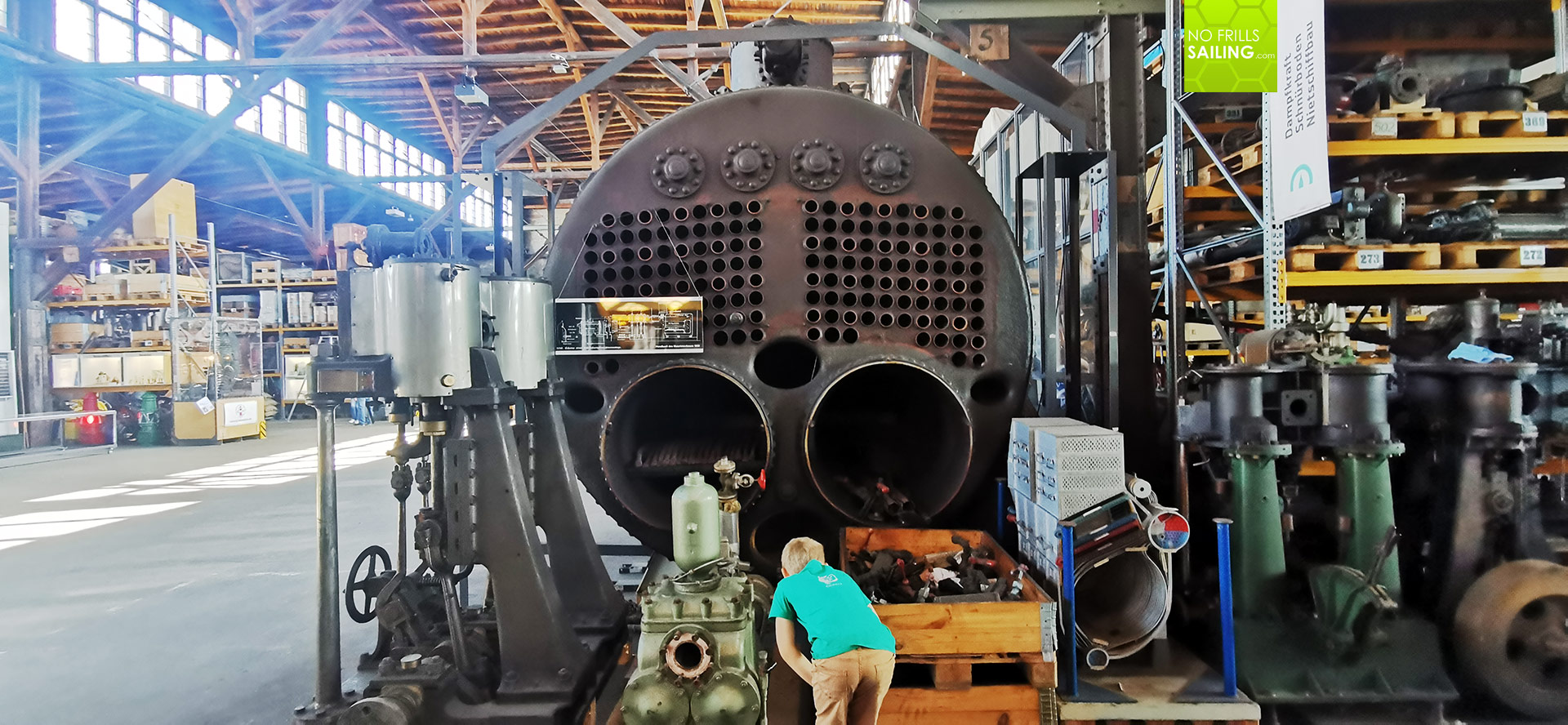
I also hope that this concept will be preserved when the Hamburg Port Museum, as stated on their website, will move to a brand new building on one of Hamburg´s most notorious parts of the port, the Grasbrook. Here, as the legend tells, convicted pirates have been hanged and beheaded, such as mythical Claus Stoertebeker, Germany´s “Robin Hood of the Seas”. This new site is currently Europe´s biggest museum-project and plans state it will be finished and open in 3-5 years time.
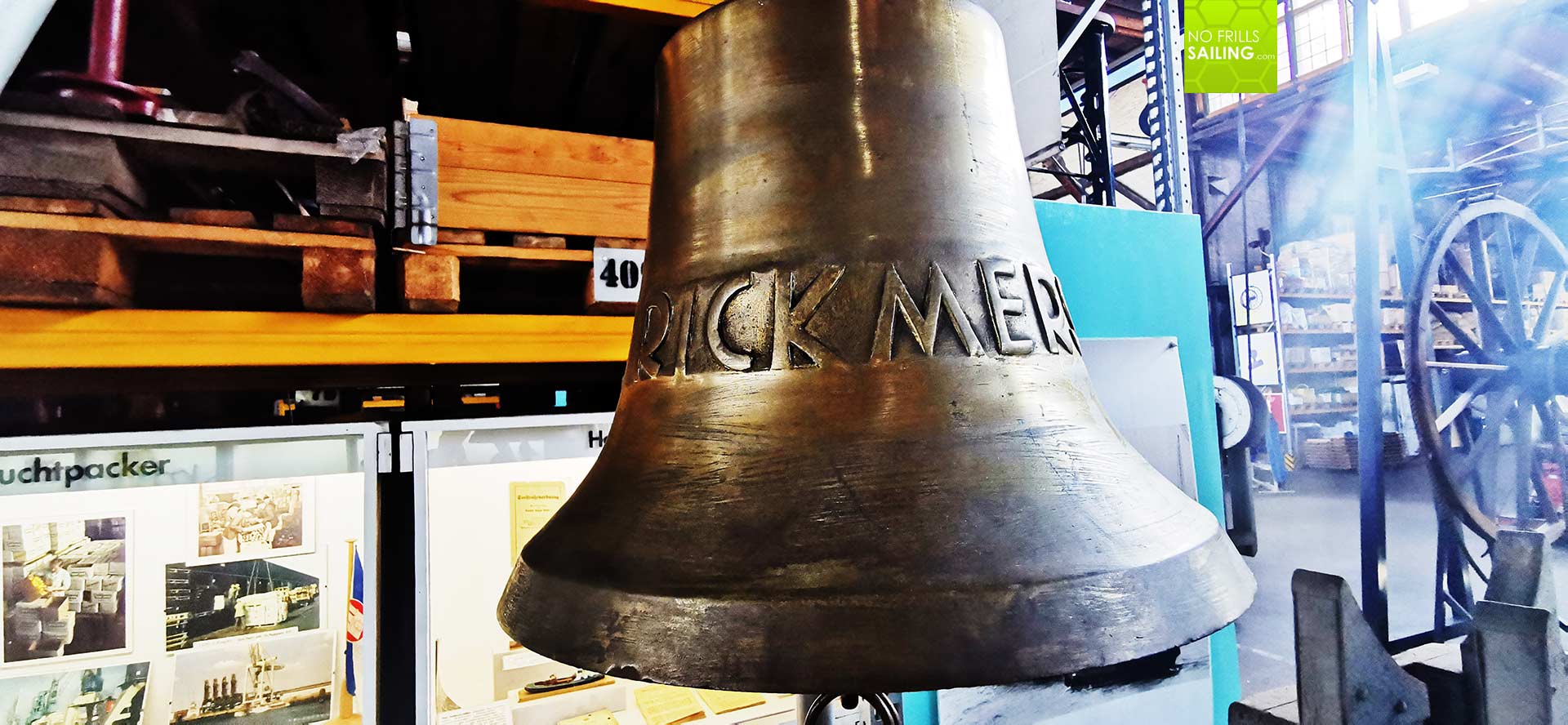
I hope, but fear it won´t, that it will keep at least a bit of the charm of the makeshift museum, those lovable rough and friendly Old Salts who offer their guide, their jokes and their unlimited knowledge of maritime facts and seafarer´s tales.
The museum as a work-in-progress
If anything, I have learned that day that everything is always a work-in-progress. Hamburg port, founded in the year 1189, is constantly changing. It lived through the glorious days of the Hanse, kept on being busy during countless crises, like the Black Death, Napoleon´s Continental System, lived through the dark epochs of two World Wars and was part of the economic rise of Germany, the “Wirtschaftswunder” as well as the Globalization up to nowaday´s transformation. This museum is a key witness and bears thousands of pieces of evidence.

One of the most fascinating exhibits and surely the grand jewel of the Port Museum´s attractions is the tallship PEKING, which I had been visiting a year before and which again left a colossal impression on my kids. So, if you happen to travel to Germany and Hamburg in particular, take two or four hours of your time to ask a cab driver to bring you deep into the port´s bowels – see the museum before it will re-locate to its shiny brand-new location. It´s a journey you certainly won´t forget.
You might as well be interested in these articles:
Meet the mighty old PEKING
The LISA VON LUEBECK, a cog ship f the German Hanse
Of old ships and quick Clippers
